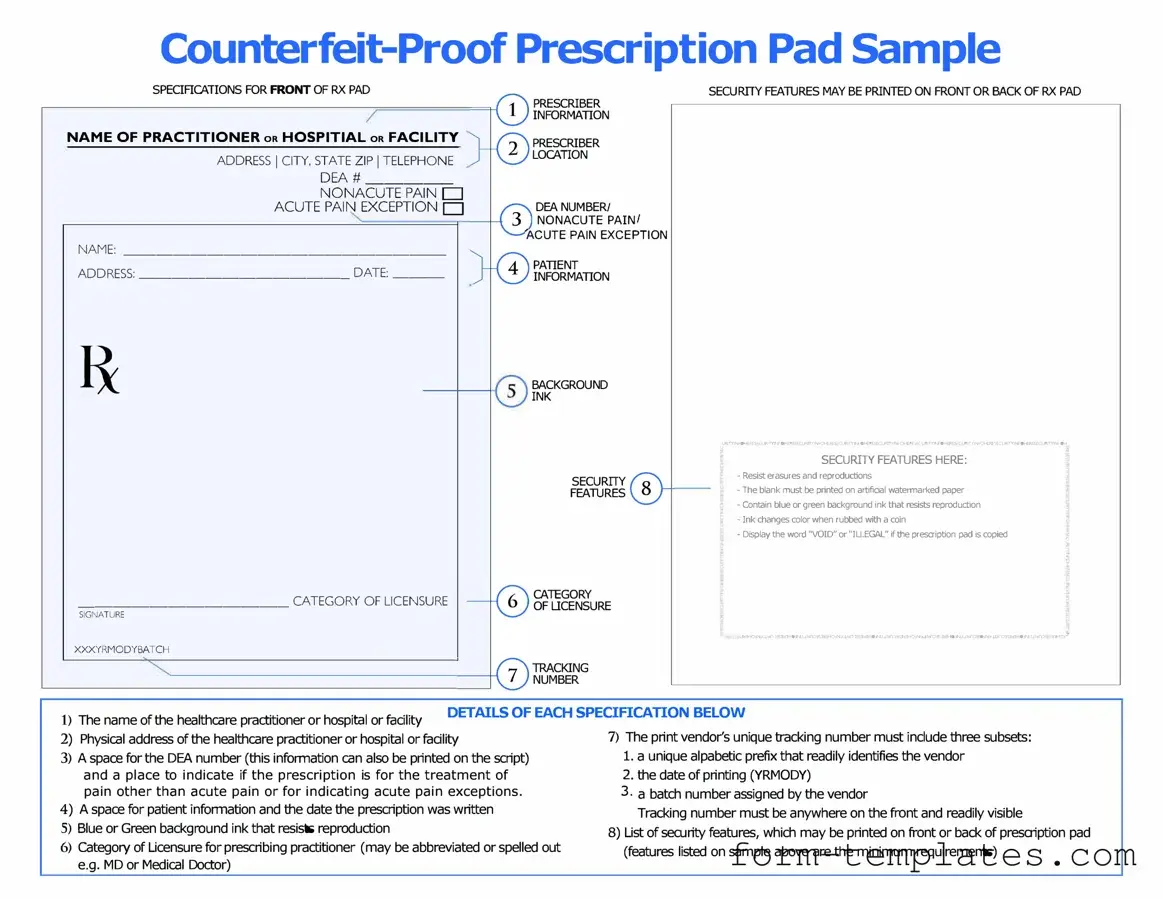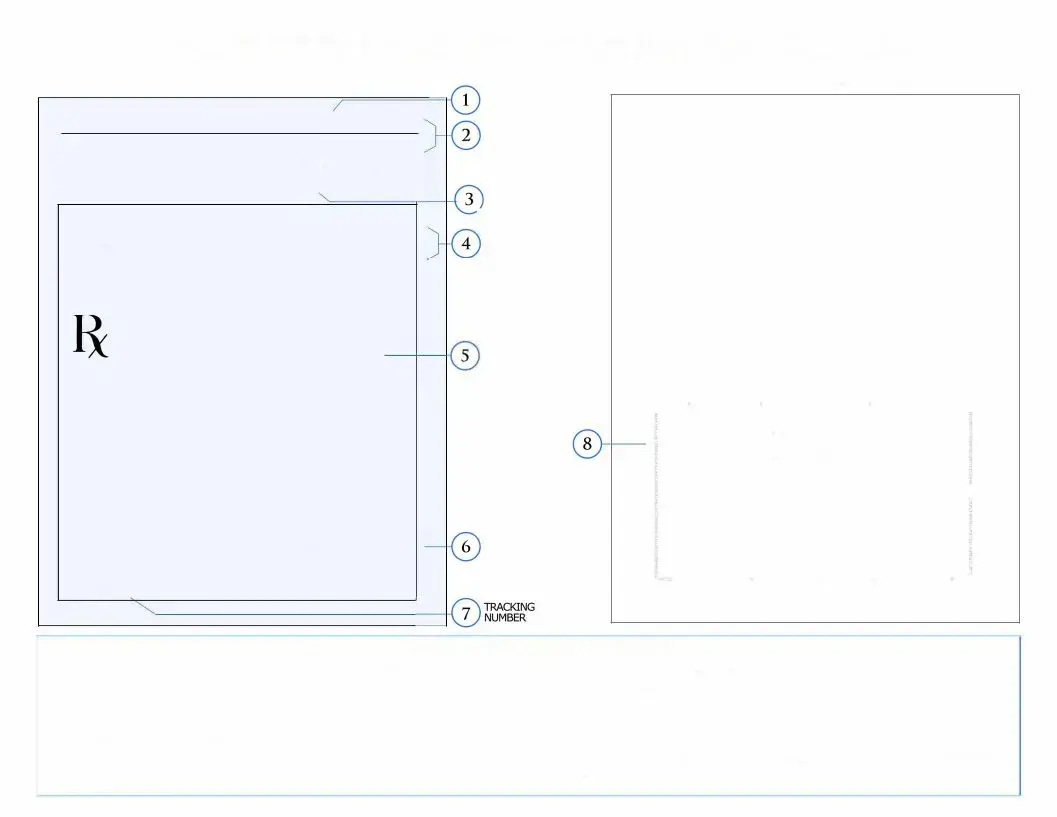A Prescription Pad form is a document used by healthcare providers to write prescriptions for medications. It typically includes essential information such as the patient's name, the medication prescribed, dosage, and instructions for use. This form helps ensure that patients receive the correct medications in a clear and organized manner.
Only licensed healthcare professionals, such as doctors, nurse practitioners, and physician assistants, can issue a Prescription Pad form. These individuals have the training and authority to prescribe medications based on their assessment of a patient's health needs.
A complete Prescription Pad form generally requires the following information:
-
Patient's full name and date of birth
-
Medication name, strength, and dosage
-
Instructions for how and when to take the medication
-
Prescribing provider's name, signature, and contact information
-
Prescription date
Including all this information helps prevent errors and ensures that the pharmacy can fill the prescription accurately.
The healthcare provider fills out the Prescription Pad form during a patient visit. After completing the form, the provider gives it to the patient or sends it directly to a pharmacy. Patients can then present the form at the pharmacy to obtain their prescribed medications.
Yes, there are different types of Prescription Pad forms, depending on the medication and the prescribing regulations. For example, controlled substances often require a specific type of prescription pad that meets federal and state regulations. Additionally, some providers may use electronic prescription systems, which can streamline the process and reduce the risk of errors.
If you lose a Prescription Pad form, it’s important to contact your healthcare provider as soon as possible. They can verify the prescription and may issue a new one if necessary. It's crucial to avoid attempting to recreate or alter a lost prescription, as this can lead to serious legal consequences.

